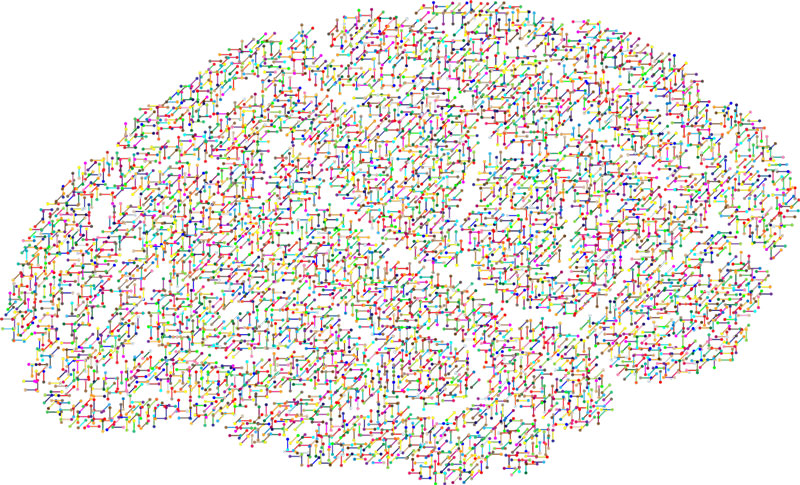Unveiling the Link Between qEEG and Slumber Apnea Patterns for Improved Diagnosis and Therapy
Unveiling the Link Between qEEG and Slumber Apnea Patterns for Improved Diagnosis and Therapy
Blog Article
Slumber hypopnea is a prevalent slumber condition that impacts many individuals around the world. It happens when a individual's respiration is disrupted during sleep, leading to subpar sleep quality and various health issues. One of the methods scientists and doctors are working to improve comprehend and identify sleep apnea is through a technique called quantified EEG, or qEEG. This method measures the electronic function of the brain and can offer important insights into how sleep apnea impacts cerebral activity and overall well-being.
qEEG involves positioning small sensors on the scalp to capture cerebral waves. These brain waves are then examined to detect trends that may suggest sleep disorders, including sleep apnea. By examining these patterns, medical providers can obtain a clearer picture of how sleep apnea interrupts typical cerebral function during sleep. This information can be essential for formulating efficient therapeutic plans tailored to individual patients. Understanding the relationship between qEEG and sleep apnea can result to enhanced identification methods and better outcomes for those affected by this condition.
Studies has demonstrated that people with sleep apnea often display specific alterations in their brain wave patterns. For instance, during instances of apnea, the cerebrum may exhibit heightened function in certain areas while other areas become less active. These changes can affect how effectively a individual slumbers and how refreshed they perceive upon awakening. By employing qEEG to monitor these brain wave patterns, doctors can identify specific characteristics of sleep apnea in clients, which can assist in formulating a more precise identification. This is particularly crucial because sleep apnea can occasionally be confused for alternative sleep disorders, leading to inappropriate treatments.
In addition to enhancing identification, qEEG can also serve a part in assessing the effectiveness of treatments for sleep apnea. For instance, after a patient begins using a continuous positive airway pressure (CPAP) machine, which helps maintain the passage clear during slumber, qEEG can be utilized to evaluate alterations in cerebral function. If the cerebrum exhibits enhanced trends of sleep after starting treatment, it may indicate that the treatment is working effectively. This feedback can help doctors make necessary adjustments to treatment plans, ensuring that patients obtain the optimal care qEEG and sleep disorder epidemiology possible.
In summary, the relationship between qEEG and sleep apnea trends is an promising area of study that offers potential for enhancing diagnosis and treatment. By understanding how sleep apnea affects brain function, healthcare professionals can formulate more efficient approaches to assist clients attain better sleep and improve their overall health. As studies continues to advance, it is probable that qEEG will turn into an integral instrument in the battle against sleep apnea, resulting to better outcomes for those who suffer from this challenging condition.